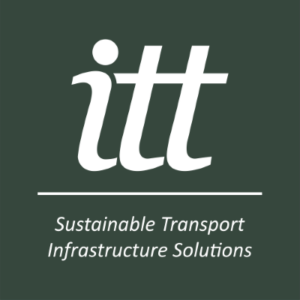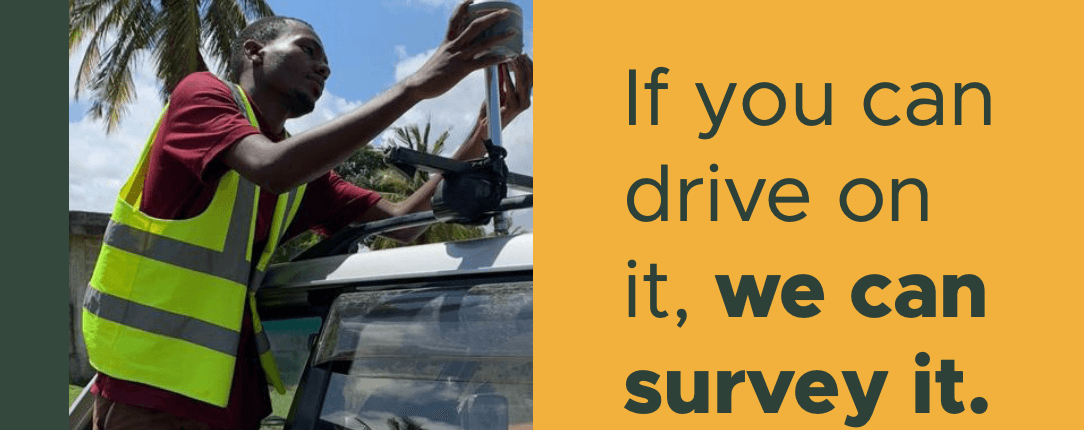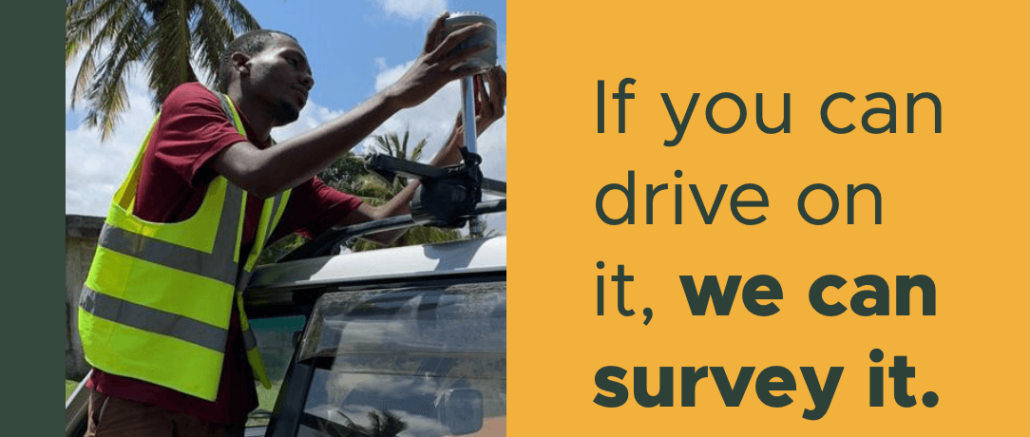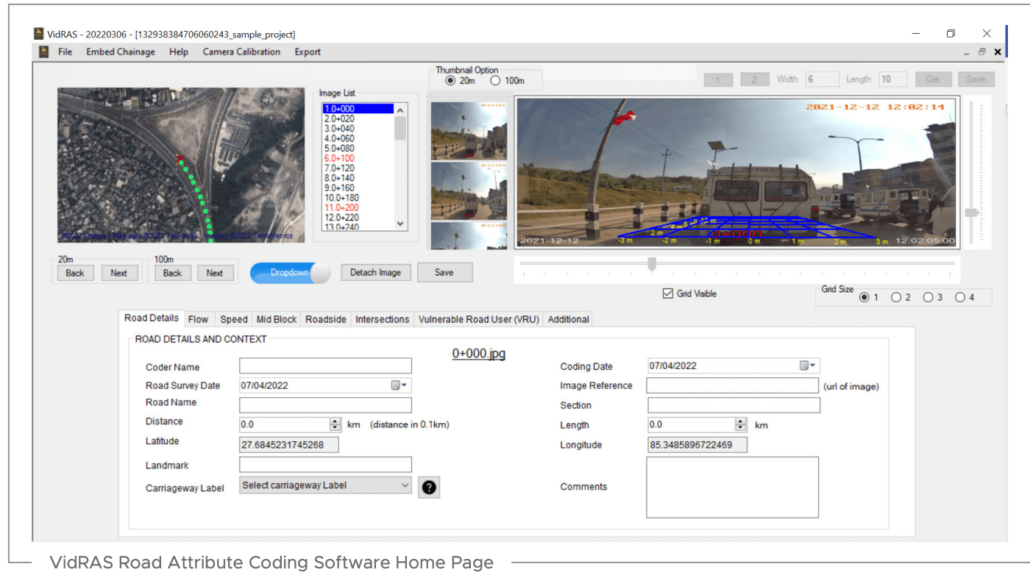Preparation of a Safe Road Strategy in Ethiopia
ITT, in collaboration with Sweroad, supports the Ethiopian Road Administration in formulating a Safe Road Strategy, incorporating innovative Road Risk Rating assessments for over 18,000km of roads using iRAP methodology.
More....
ITT is working with Sweroad to provide Consultancy Services for the Preparation of a Safe Road Strategy, on behalf of the Ethiopian Road Administration (ERA). This project is a Technical Assistance programme which is funded by the World Bank. For this assignment, ITT has provided the Team Leader, in addition to its iRAP Accredited Road Safety and Inspection tool, VidRAS.
In addition to the development of the safe road strategy and associated Action Plan, the project includes a broad range of activities to accelerate road safety improvements across the Federal Road Network. This includes the development of Road Safety Audit Manuals, Road Safety Inspection Manuals, and the development and delivery of Road Safety Training Materials covering topics on Road Audit and Road inspections, as well as a broader range of road safety training targeted for the ERA staff, who do not have significant experience in road safety.
One of the most unique and innovative aspects of the project is the creation of a “Road Risk Rating”, assessment covering over 18,000km of ERA’s paved road network. To achieve this, a hybrid methodology – which incorporates data collected previously for Road Inventory and Condition Surveys (RICS), has been adapted as the input of the iRAP’s road safety processing tool, ViDA, to develop a Star Rating for the road network. This approach has been developed as a response to the budget and time constraints, that would not allow the collection of data along 18,000km of road network, specifically for the purposes of road risk rating.
Additionally, a pilot study involving the collection and coding of 500km of iRAP inspection data, was undertaken along two road corridors between Addis Ababa and Debre Markos (approx. 300km long) and Welkite and Jimma (approx. 200km long), using ITT’s VidRAS tool. The data was then entered into iRAP’s ViDA to produce Ethiopia’s first-ever Star Rating Assessment outside of Addis Ababa.
The same results have been used to calibrate the Road Risk Rating Assessment by comparing the results generated from the existing RICS data with that from the iRAP Surveys, for identical road sections. The Road Risk Rating methodology has subsequently been fine-tuned to produce credible results that will allow decision making over time, to propose which parts of the road network should be prioritized for road safety interventions.






